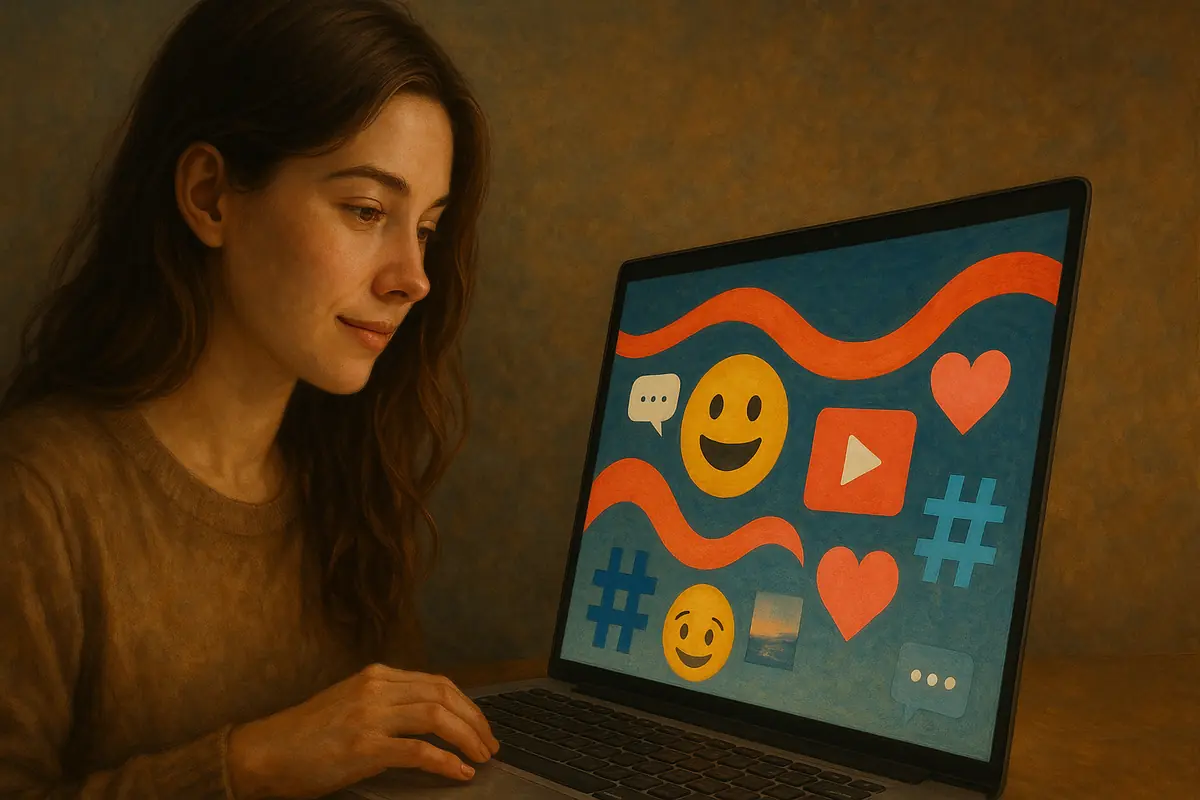Why We Love Internet Micro-Trends
From blink-and-you-miss-it aesthetics to viral phrases, here’s why micro-trends keep taking over your feed — and what they say about us.

If it feels like the internet cycles through trends faster than ever, you’re not imagining it. Yesterday it was cottagecore, today it’s “cozy academia,” and tomorrow it might be something called cloud minimalism — who knows? Micro-trends rise, peak, and disappear in what feels like a single scroll. Yet despite their short lifespan, they keep pulling us in.
Micro-trends don’t just appear out of nowhere. They form where speed meets creativity. Social platforms amplify anything that sparks curiosity: an outfit, a phrase, a meme format, or even a color palette. Once a few people try it, TikTok’s algorithm tests it on thousands more, creating a ripple that can become a tidal wave overnight. What makes them interesting is not how long they last — but why they resonate when they do.
Part of the appeal lies in identity. The internet makes it incredibly easy to try on new selves, even briefly. A girl can switch from indie sleaze to vanilla girl aesthetic in a weekend simply by changing her playlist and phone background. A guy can go from “quiet luxury” to “blokecore” with a single jacket. It’s playful, low stakes, and oddly comforting. Micro-trends let us explore who we are without committing.
Another driver is community. When a trend appears, people gather around it instantly — not physically, but digitally. You feel part of something bigger when you use the same meme format, the same catchphrase, or the same filter everyone else is using. It scratches a social itch without requiring social effort.
At the same time, micro-trends reveal how fragmented online spaces have become. A trend that completely dominates your feed might never show up for someone else. Algorithms curate a personalized universe where every trend feels both massive and strangely isolated. This illusion of scale tricks us into thinking a micro-trend is “everywhere,” when in reality it lives inside a bubble built just for us.
There’s also a dopamine element. Micro-trends give us novelty without risk. They introduce tiny bursts of surprise — the digital equivalent of finding a new song you instantly love. It’s entertainment in its purest, most disposable form. No wonder our brains keep craving the next one.
But here’s the twist: while micro-trends move quickly, the reasons behind them don’t change. Humans want belonging. We want novelty. We want simple ways to express ourselves. The internet didn’t create these desires — it just accelerated how we satisfy them.
Ultimately, micro-trends aren’t shallow; they’re mirrors. They show us what we value in the moment, what makes us laugh, what feels soothing, and what helps us express identity in a noisy world. They may disappear fast, but they reveal something lasting about us.
Maybe that’s why we never get tired of them… even when they fade before we can say “Link in bio.”